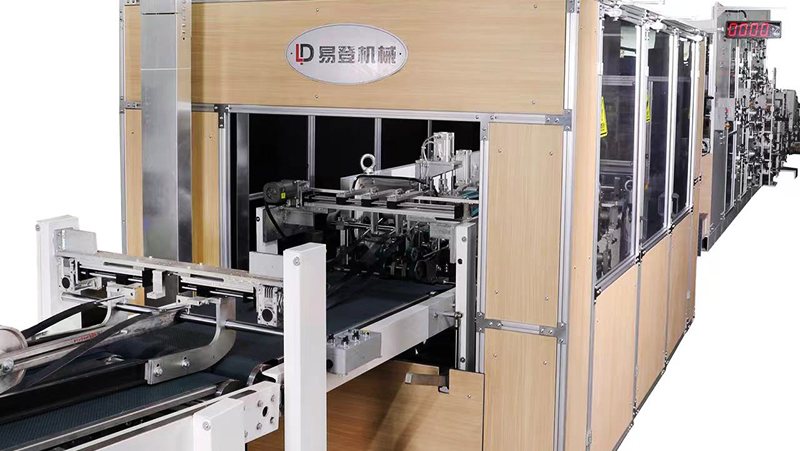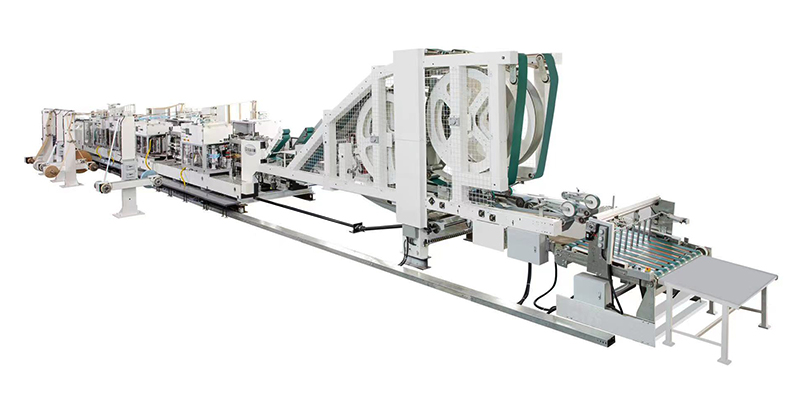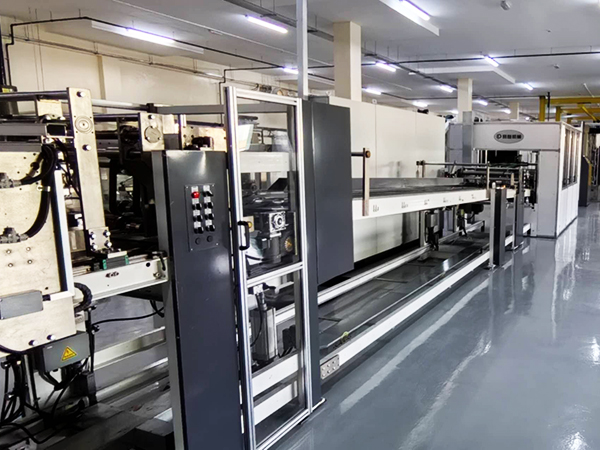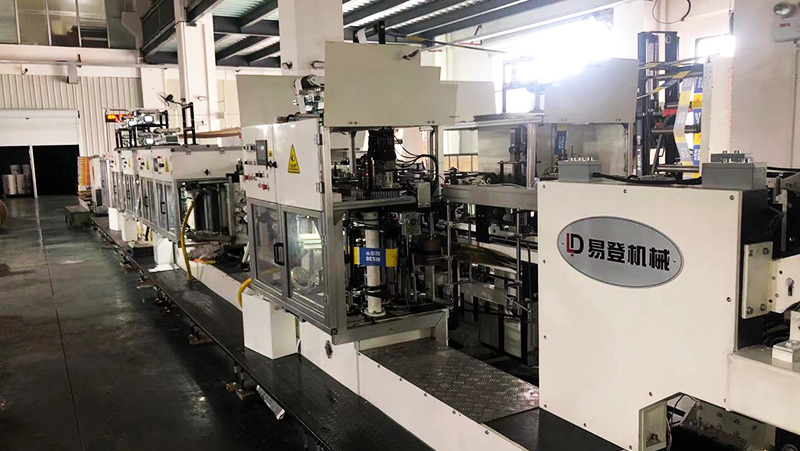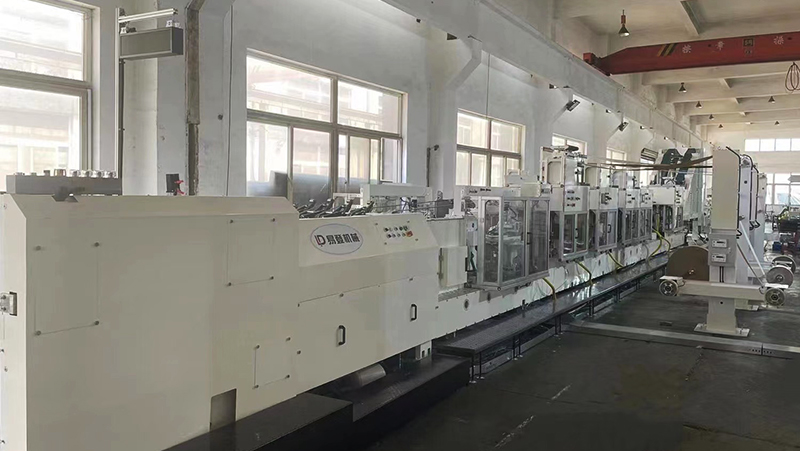Titanium dioxide (TiO₂) packaging bag equipment plays a critical role in producing high-performance, durable, and UV-resistant packaging solutions. Widely used in industries such as food, pharmaceuticals, cosmetics, and agriculture, titanium dioxide-enhanced packaging ensures product safety, extends shelf life, and enhances visual appeal. This guide explores the technology, components, and advantages of specialized equipment designed for manufacturing TiO₂-based packaging bags.
Key Components of Titanium Dioxide Packaging Bag Equipment
- Mixing and Blending Systems: Precise dosing systems integrate titanium dioxide nanoparticles into polymer matrices, ensuring uniform dispersion for optimal UV resistance and opacity.
- Extrusion and Film Blowing Units: Advanced extruders produce multilayer films with TiO₂ additives, enhancing barrier properties against light, moisture, and oxygen.
- Printing and Lamination Modules: High-resolution printers apply designs on TiO₂-coated films, while laminators bond layers for added strength and functionality.
- Cutting and Sealing Machinery: Automated systems cut and seal bags with precision, maintaining structural integrity and hygiene standards.
- Quality Control Systems: Sensors and vision systems inspect film thickness, TiO₂ distribution, and seal quality to ensure compliance with industry regulations.
Applications of Titanium Dioxide Packaging Bags
- Food Packaging: Blocks UV light to prevent spoilage and preserves freshness.
- Pharmaceuticals: Protects light-sensitive medications from degradation.
- Cosmetics: Maintains product stability and extends shelf life.
- Agricultural Films: Enhances durability and UV protection for greenhouse covers.
Advantages of TiO₂-Integrated Packaging Equipment
- Enhanced Durability: TiO₂ additives improve tear resistance and mechanical strength.
- UV Protection: Shields contents from harmful ultraviolet radiation.
- Sustainability: Reduces material waste through efficient production processes.
- Customization: Supports flexible designs for varying bag sizes and functionalities.
Choosing the Right Equipment
When selecting titanium dioxide packaging bag equipment, consider:
- Production Capacity: Match throughput to industry demand.
- Automation Level: Opt for energy-efficient, IoT-enabled systems for real-time monitoring.
- Material Compatibility: Ensure compatibility with TiO₂ nanoparticles and base polymers.
- Regulatory Compliance: Verify adherence to FDA, EU, or other regional standards.
Future Trends in TiO₂ Packaging Technology
Innovations such as smart sensors, biodegradable TiO₂ composites, and nanotechnology-driven films are reshaping the industry. These advancements aim to improve recyclability, reduce environmental impact, and meet evolving consumer demands for sustainable packaging.
By investing in advanced titanium dioxide packaging bag equipment, manufacturers can deliver high-quality, functional, and eco-conscious solutions that align with global market trends.


